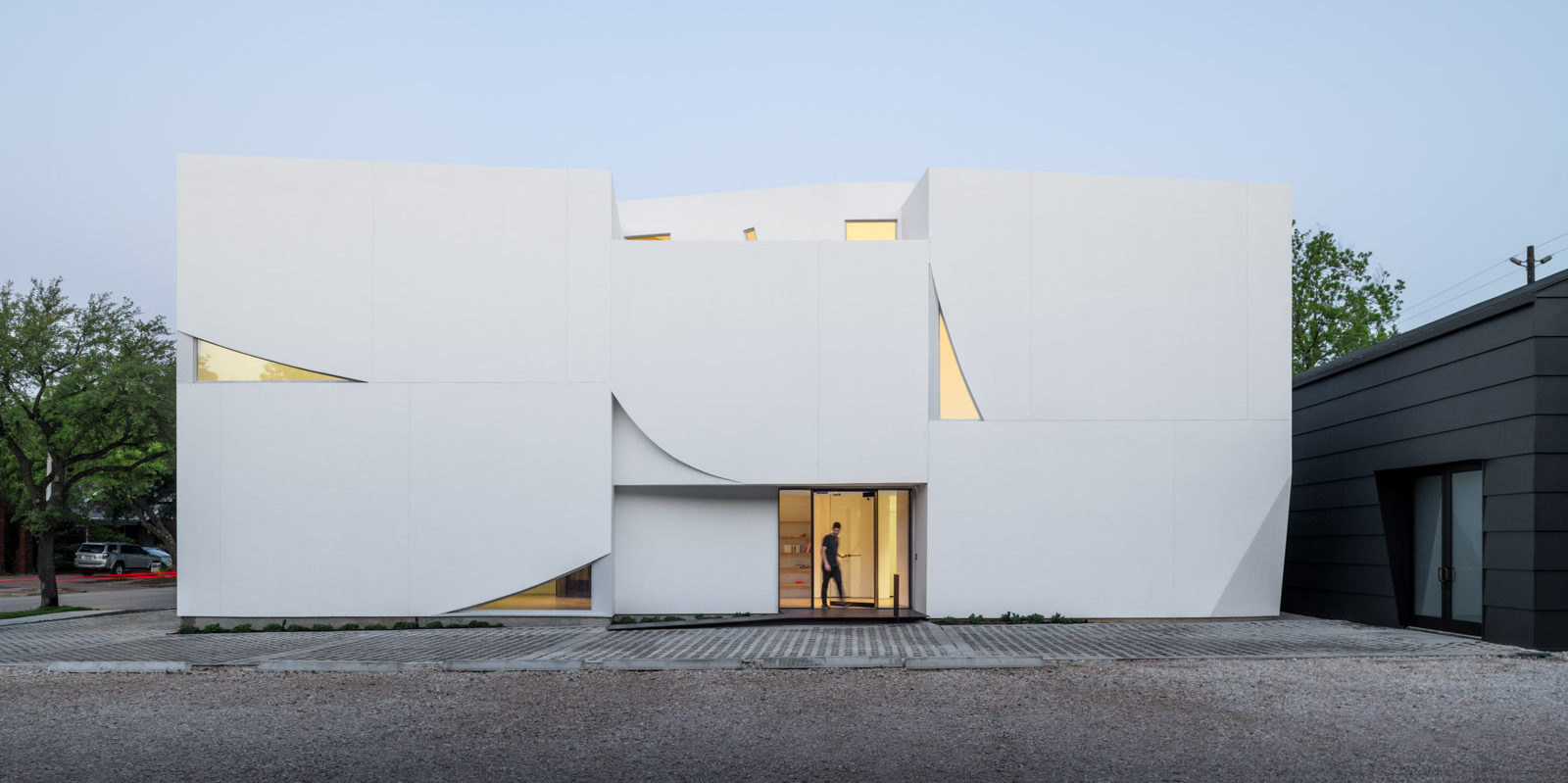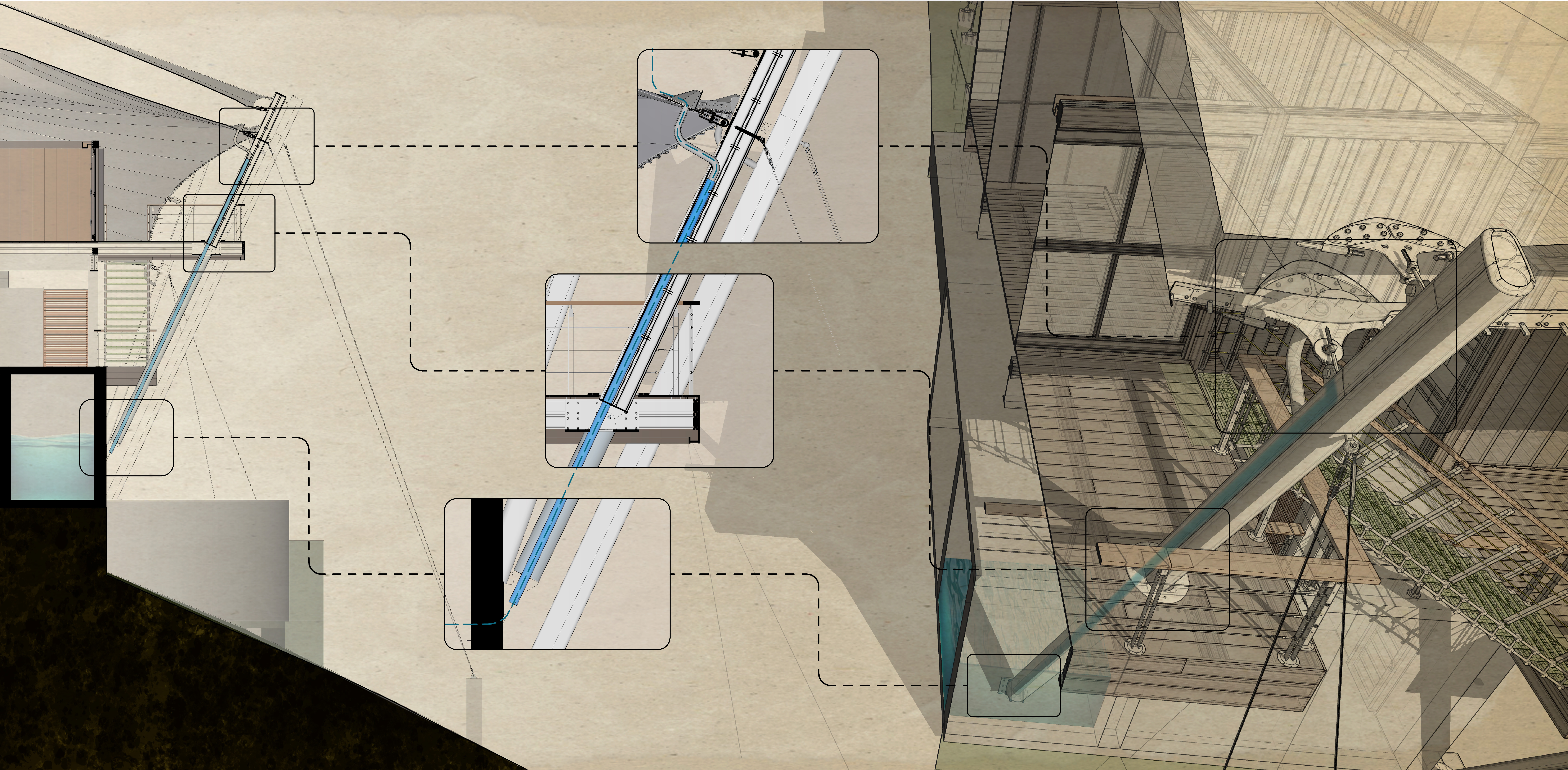Last chance: The 14th Architizer A+Awards celebrates architecture's new era of craft. Apply for publication online and in print by submitting your projects before the Final Entry Deadline on January 30th!
Art and architecture shape one another. Centering on light, materials and human experience, these two fields are parallel, combining cultural and social context with observation, circulation and haptic moments. As a practice exploring the intersection of discovery, scale and expression, SCHAUM/SHIEH is looking to redefine what it means to build today. As a result, they are rethinking the relationship between art, architecture and design for modern life.
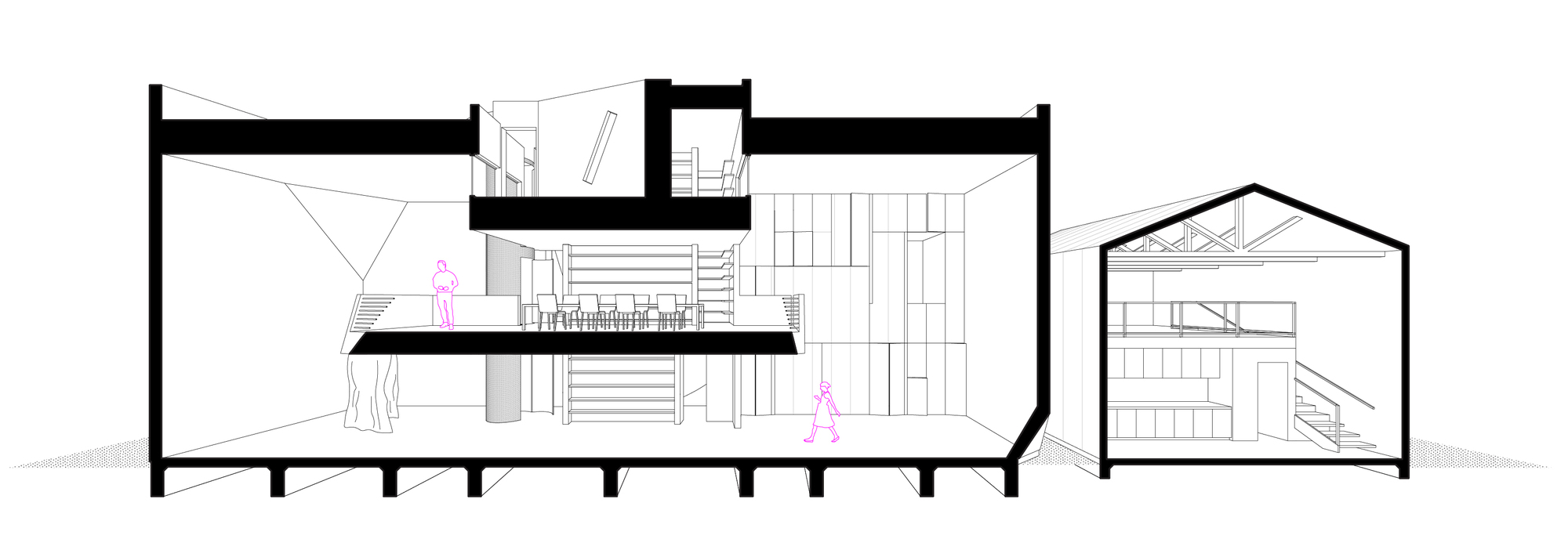
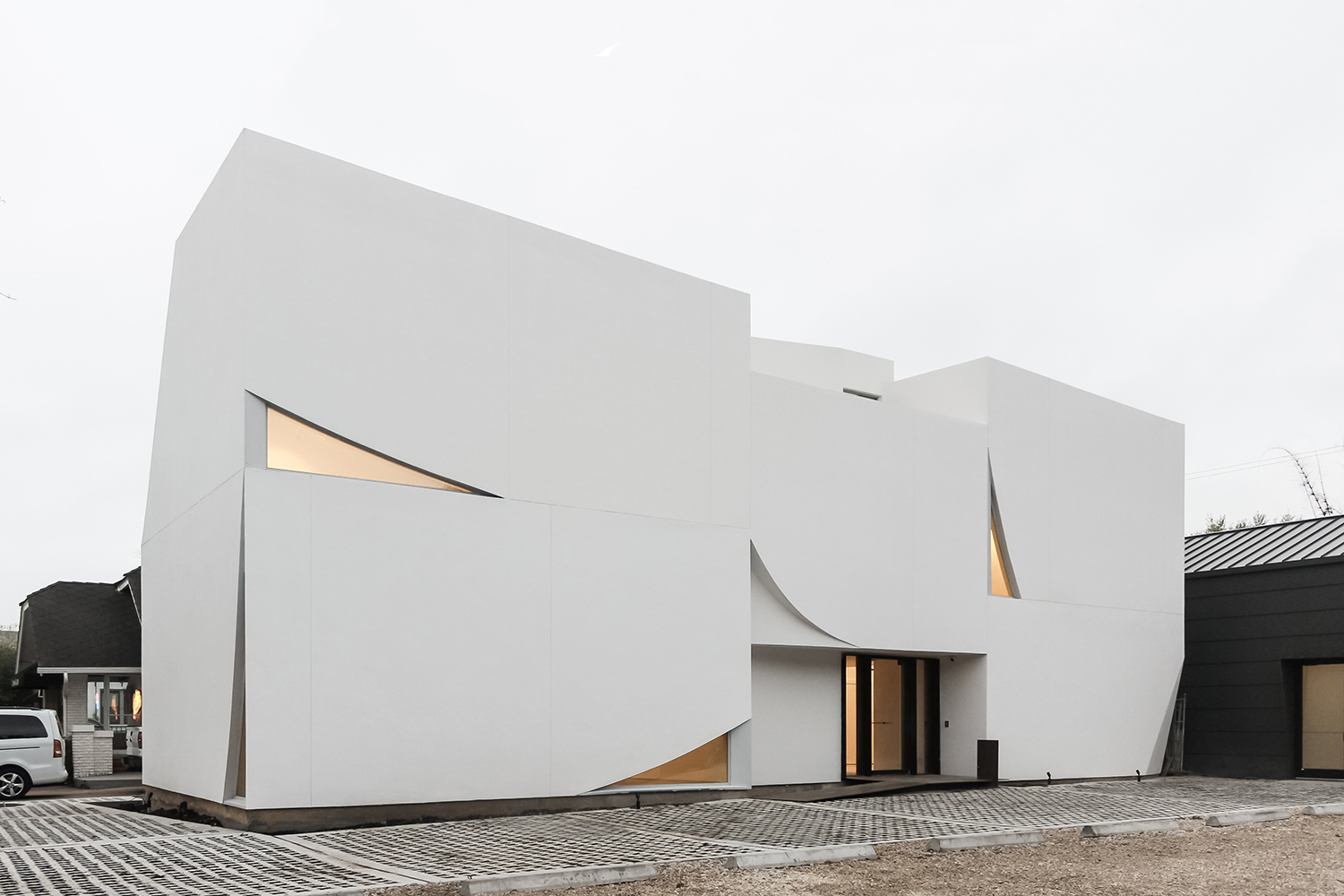 Defined as a “small architectural collaboration” working between Houston, TX and New York City, SCHAUM/SHIEH was founded by Rosalyne Shieh and Troy Schaum in 2009. Interested in the overlap between art, form and the city, they are focused on a particular view of “the city at the scale of the building, both as a site of theoretical experimentation and as a reality” that can be transformed through architectural design. This is especially true in their iconic Transart Foundation project that establishes powerful relationships between form and the building envelope.
Defined as a “small architectural collaboration” working between Houston, TX and New York City, SCHAUM/SHIEH was founded by Rosalyne Shieh and Troy Schaum in 2009. Interested in the overlap between art, form and the city, they are focused on a particular view of “the city at the scale of the building, both as a site of theoretical experimentation and as a reality” that can be transformed through architectural design. This is especially true in their iconic Transart Foundation project that establishes powerful relationships between form and the building envelope.
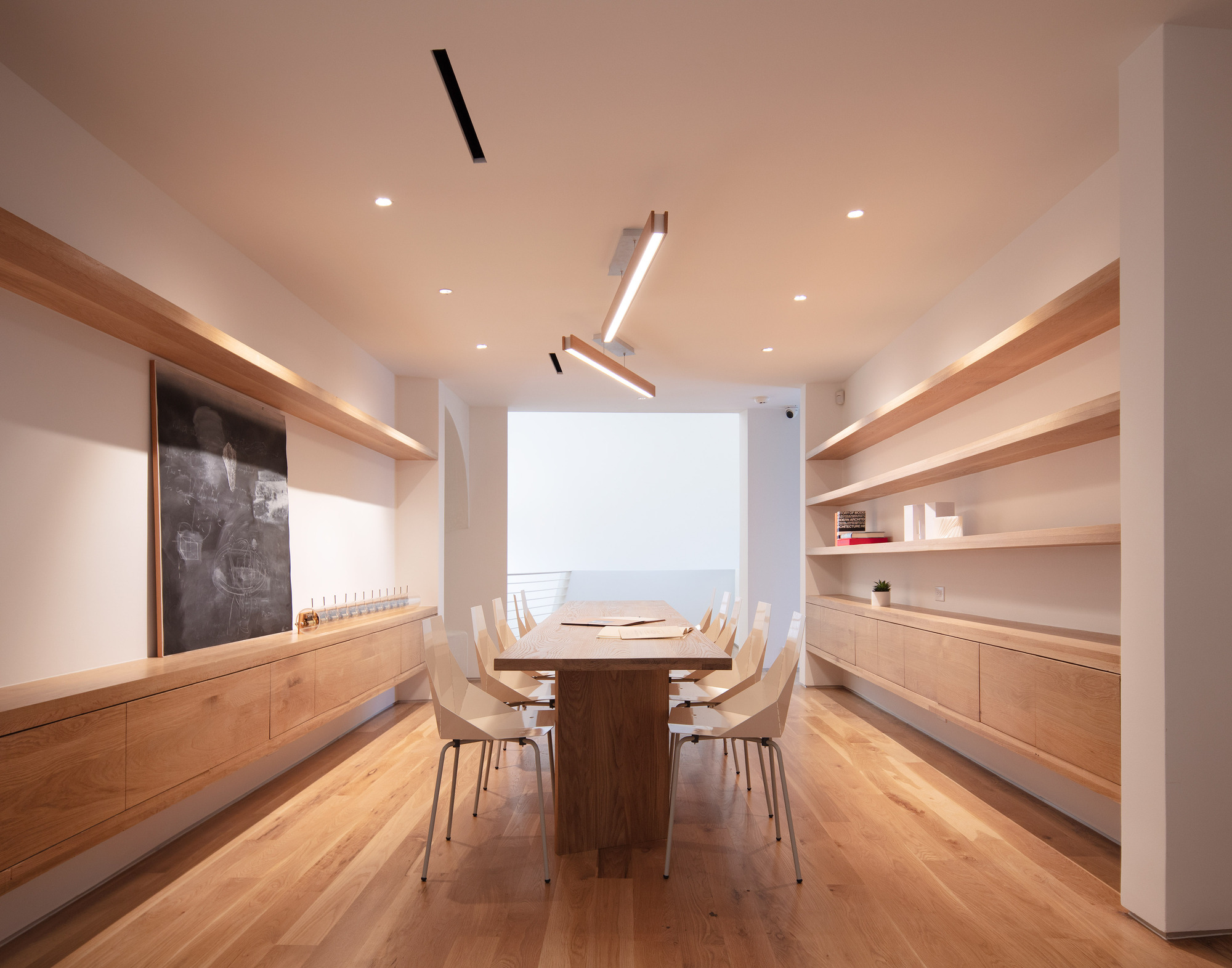 Transart is a multifaceted platform for the creative activities of an artist and independent curator in Houston, Texas. As the team outlines, the new building houses visitors, art, exhibitions and performances, and was made to host conversations that spark broader community dialogue about the role of art, providing a space for the critical intersection between art and anthropology. The client, Surpik Angelini, was working at the convergence of artistic practice and ethnographic practices in art-making, combining her interests in art and anthropology while supporting emerging Latin American women artists and others.
Transart is a multifaceted platform for the creative activities of an artist and independent curator in Houston, Texas. As the team outlines, the new building houses visitors, art, exhibitions and performances, and was made to host conversations that spark broader community dialogue about the role of art, providing a space for the critical intersection between art and anthropology. The client, Surpik Angelini, was working at the convergence of artistic practice and ethnographic practices in art-making, combining her interests in art and anthropology while supporting emerging Latin American women artists and others.
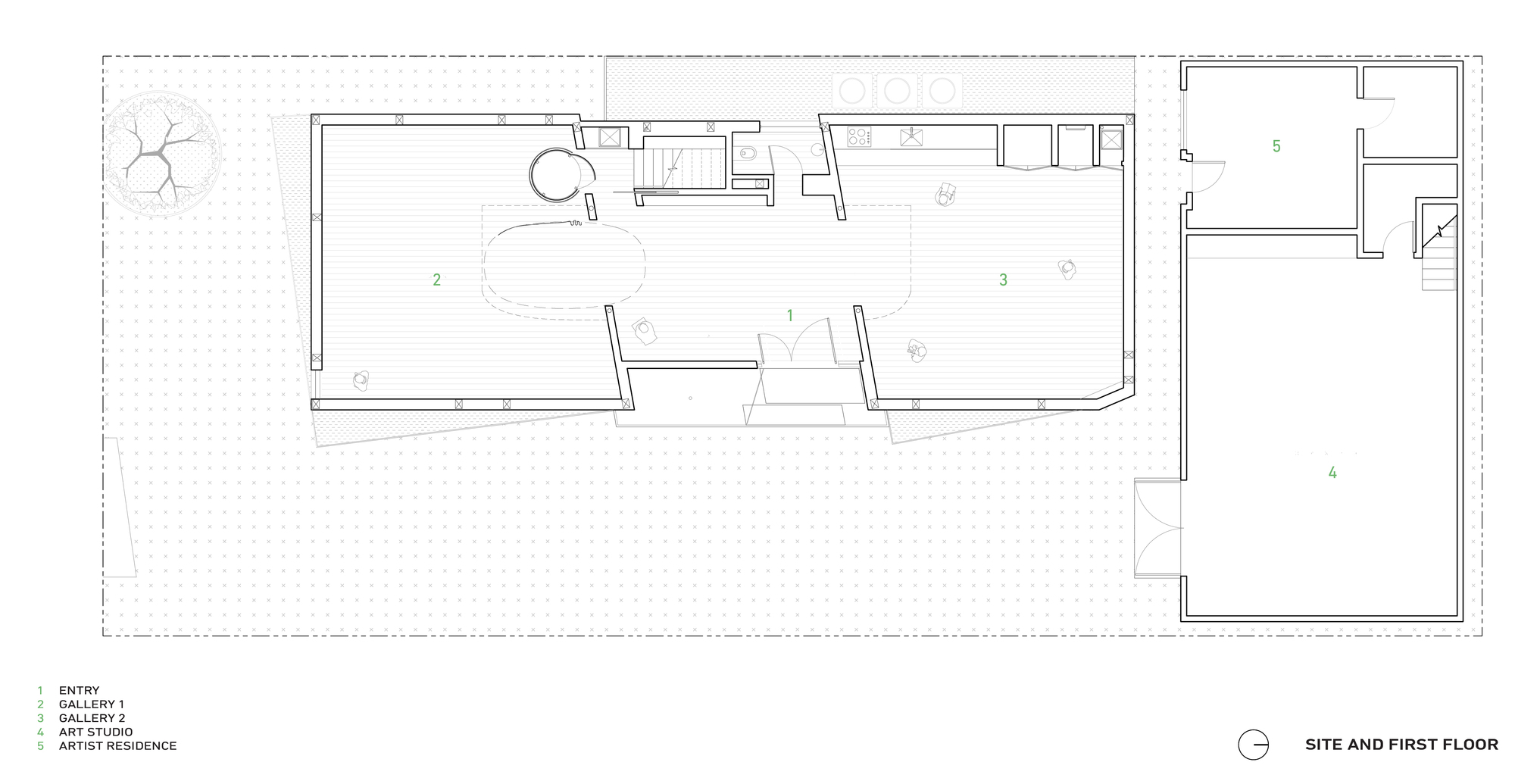
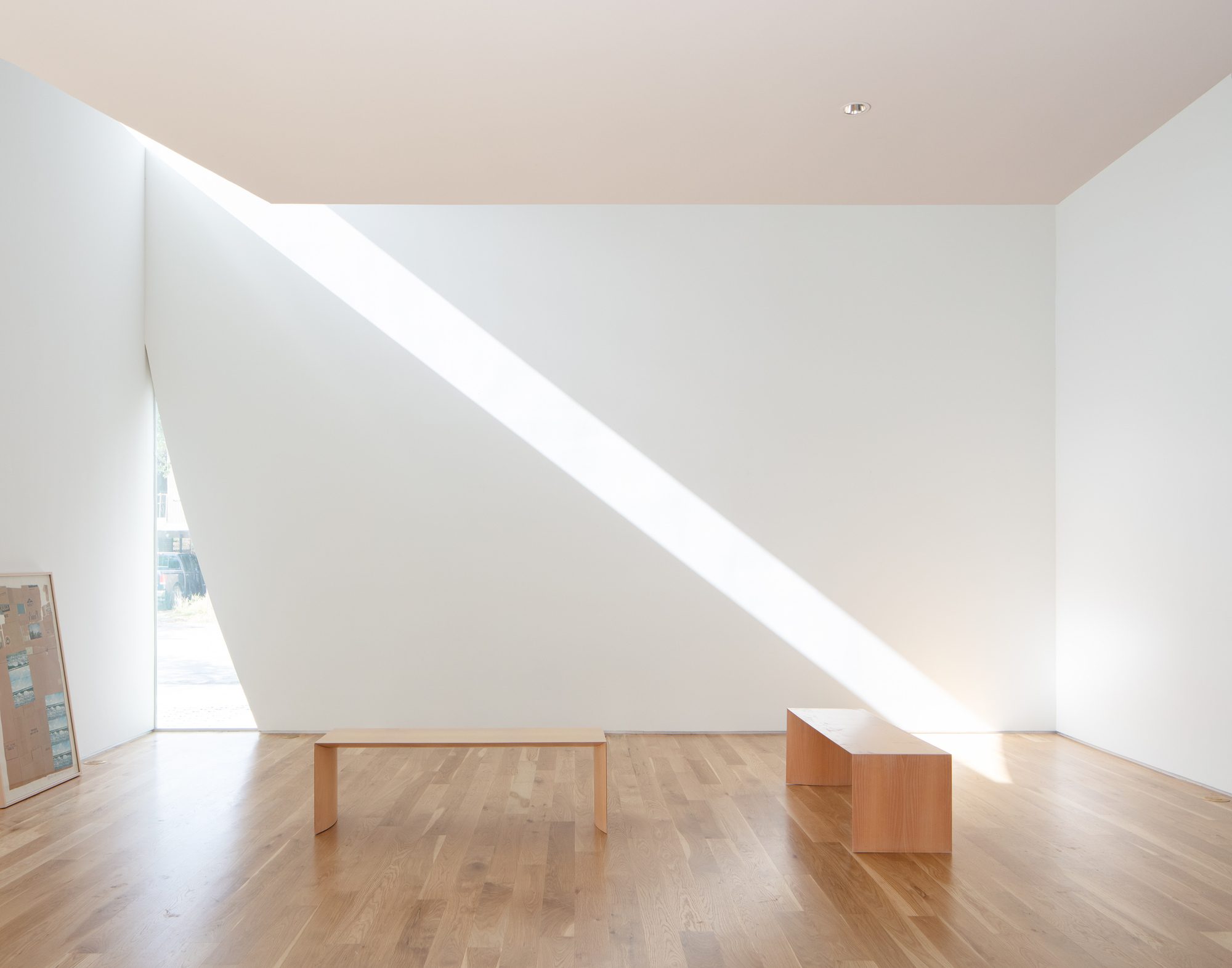 The project consists of two buildings; a new 3,000 square foot primary building and a repurposed 1,200 square foot private art studio in back that are arranged along a paved court. The new building is intended to accommodate visitors, exhibit art and host dinners that spark conversations which engage broader community dialogue about the role art plays in the lives of people.
The project consists of two buildings; a new 3,000 square foot primary building and a repurposed 1,200 square foot private art studio in back that are arranged along a paved court. The new building is intended to accommodate visitors, exhibit art and host dinners that spark conversations which engage broader community dialogue about the role art plays in the lives of people.
The central gallery & library is a large “living room” punctuated in the middle by a circulation core that integrates steps and a library, expanding into a second floor salon that is open to the space below, effectively dividing the gallery into two adjacent exhibition spaces.
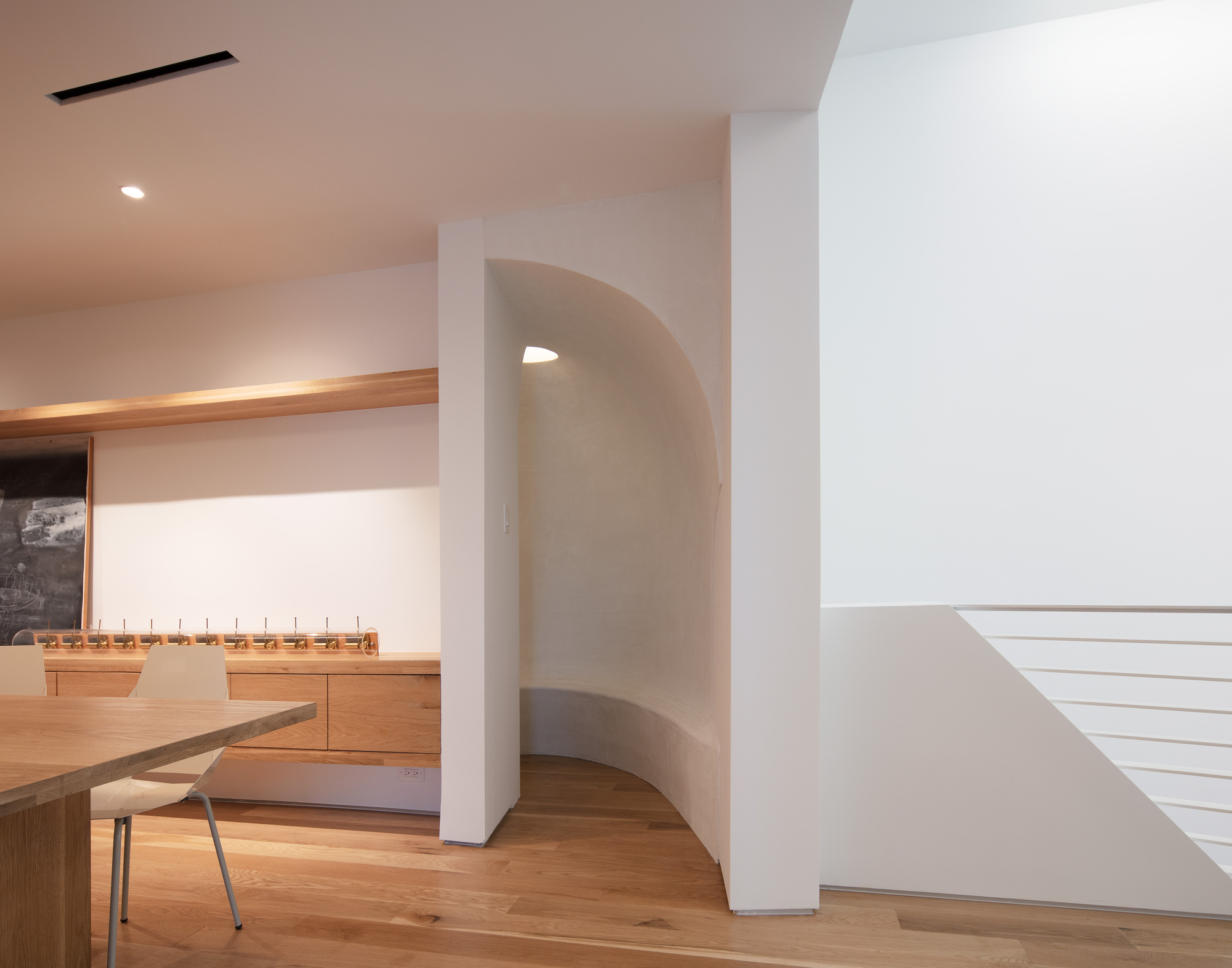
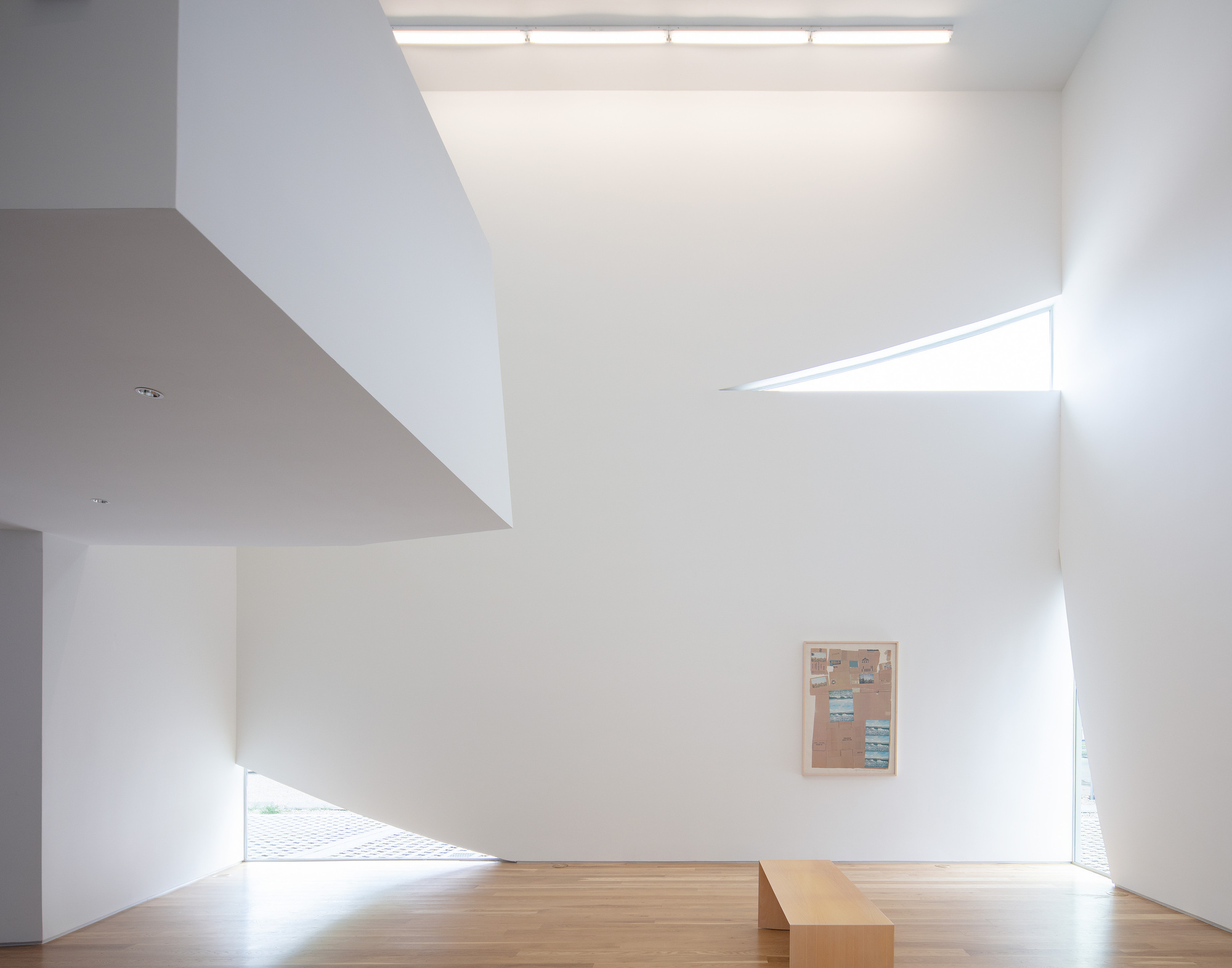 As Troy Schaum explained, “Surpik is from Venezuela, and in her youth in Caracas, she had this experience with a certain type of space between a gallery and a salon and a space for small events. They were often in people’s houses and they would host artists’ talks and show artists’ work. She wanted to replicate a space that she could do those things in, and she also had a large library that she wanted to make available to people.
As Troy Schaum explained, “Surpik is from Venezuela, and in her youth in Caracas, she had this experience with a certain type of space between a gallery and a salon and a space for small events. They were often in people’s houses and they would host artists’ talks and show artists’ work. She wanted to replicate a space that she could do those things in, and she also had a large library that she wanted to make available to people.
“The design really comes down to a very densely packed core, which you can see in the section pretty clearly. It has space for the bookshelves, circulation, bathrooms, seminar spaces, and her office by the roof deck. And then there are these two very large volumes — almost tubes — that can support various kinds of art making, exhibitions, and conversations.”
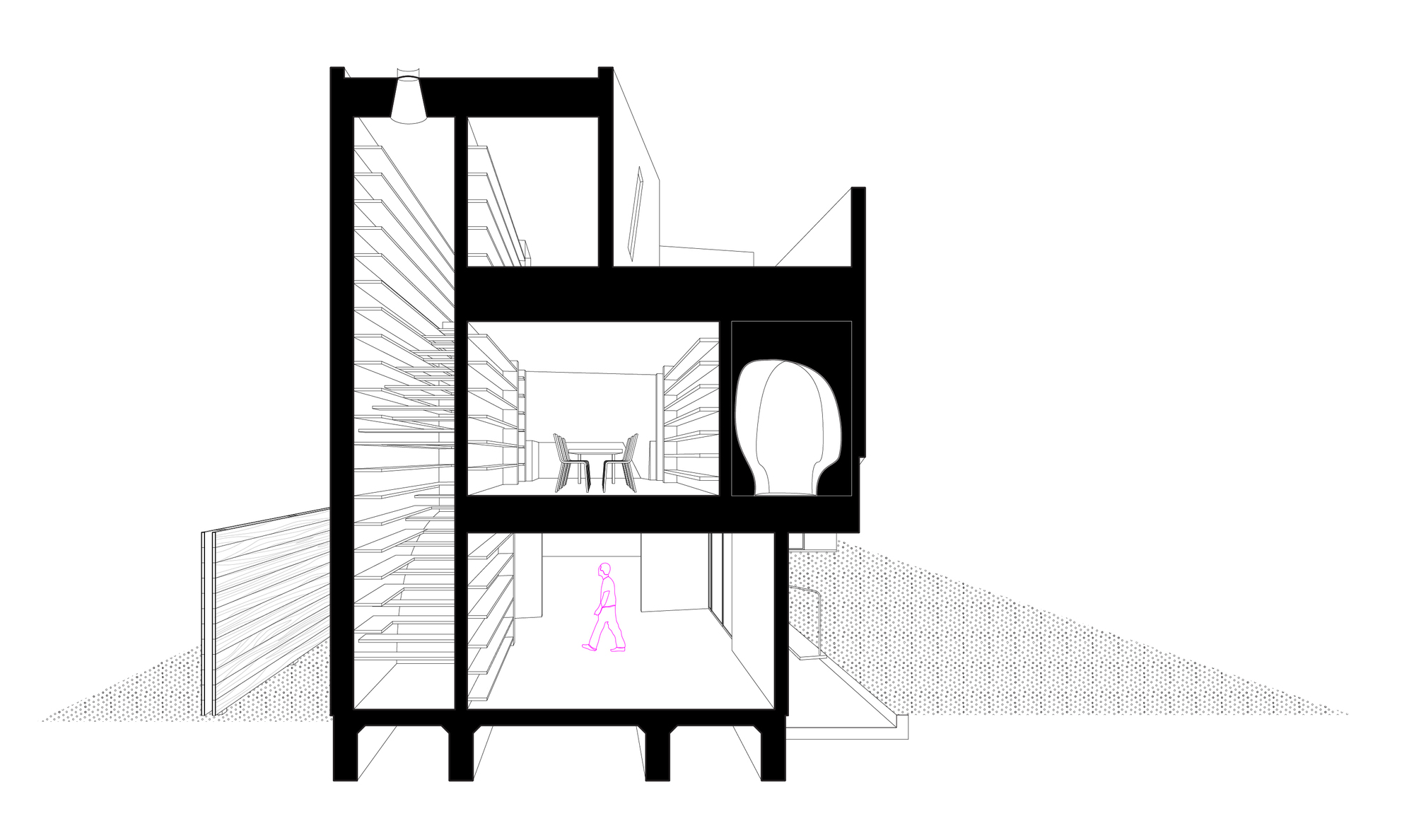
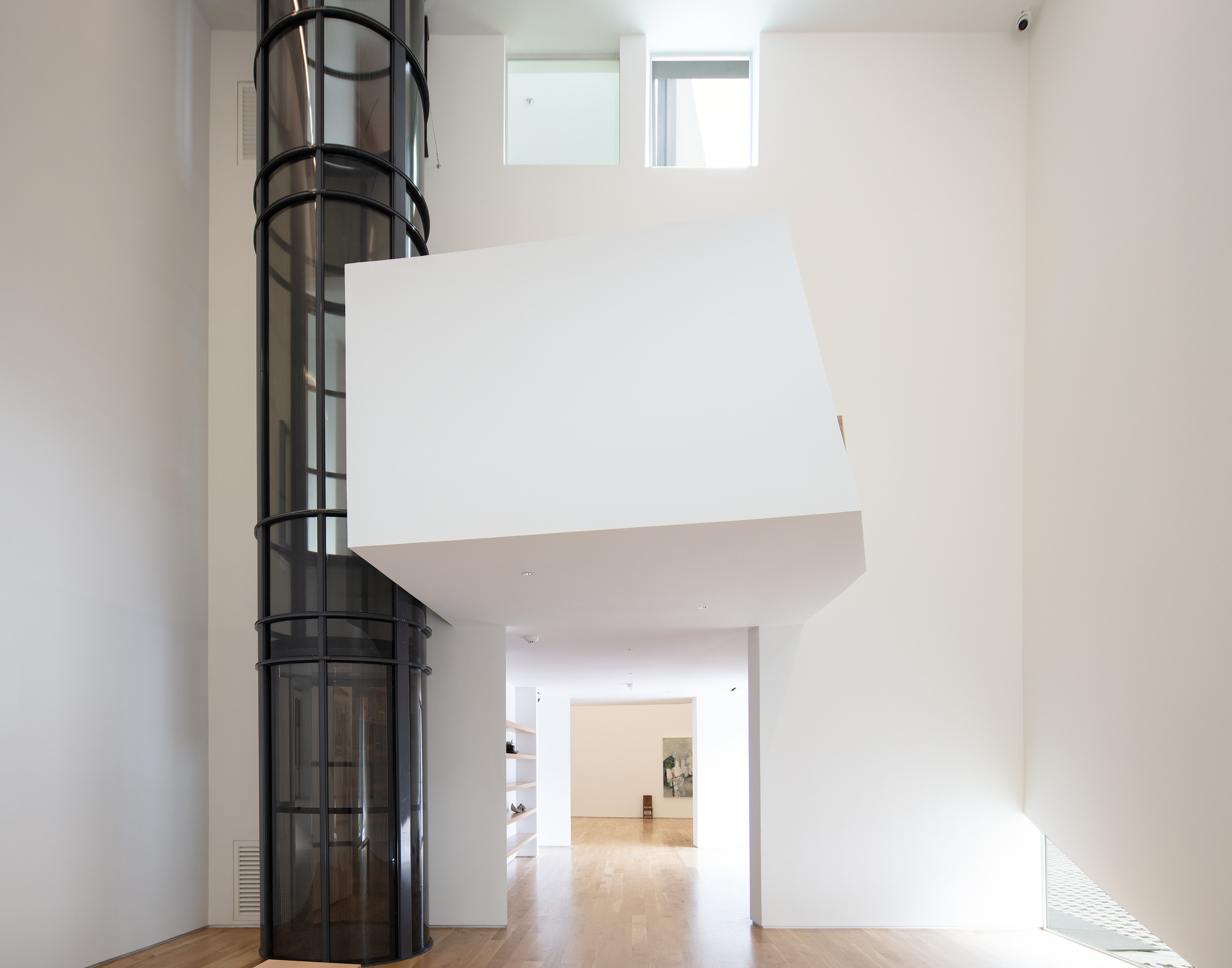 The project is defined by smooth white stucco panels and a structure built from thick heavy timber. “Some of our earlier projects dealt with a kind of panelized logic—the multiplicity of working in panels can actually soften something that has stronger monumental forms,” explains Schaum.
The project is defined by smooth white stucco panels and a structure built from thick heavy timber. “Some of our earlier projects dealt with a kind of panelized logic—the multiplicity of working in panels can actually soften something that has stronger monumental forms,” explains Schaum.
“This project evolved to something that we actually ended up constructing out of heavy engineered timber and stucco, which gives it even more of this kind of domestic familiarity. But we wanted to keep that idea of the softening of the building that emerges out of the panels.”
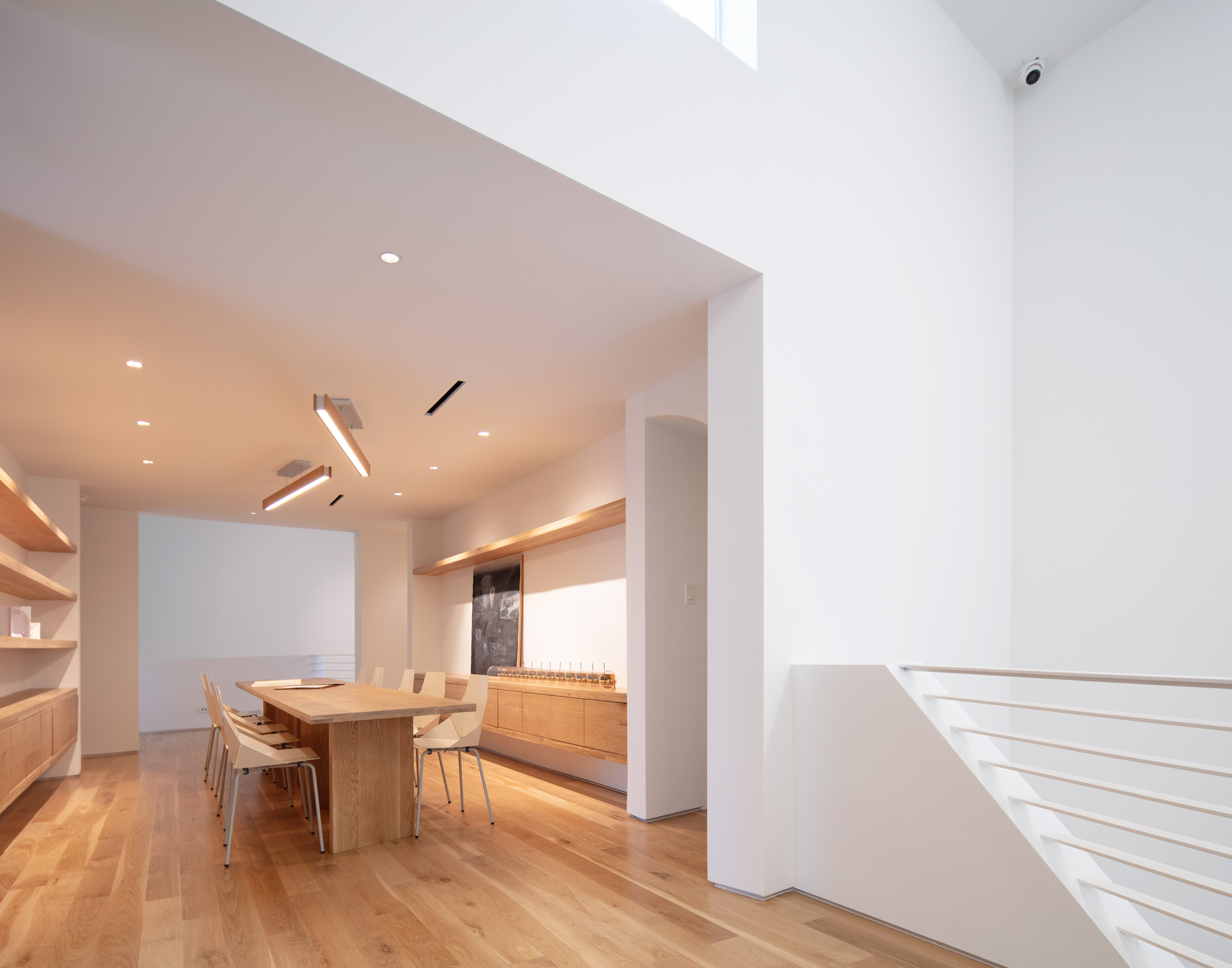
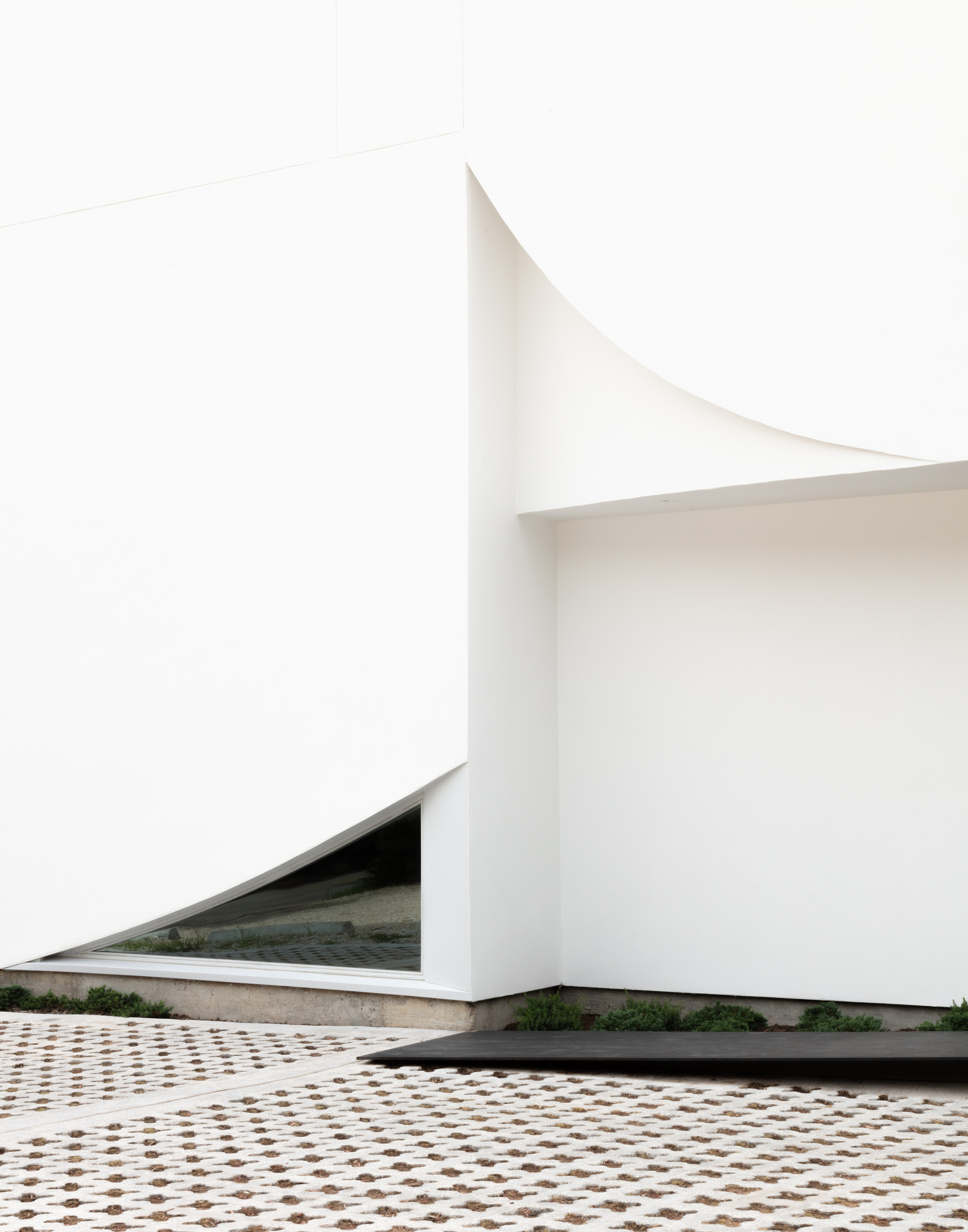 The curving fenestration of the envelope provides controlled indirect light for exhibitions and oblique views outward, while protecting the interior from direct solar gain. “The windows were part of that discussion around how to produce something that has kind of a discipline, but then breaks at certain moments. A lot of the detailing you see in the windows was produced by sheet metal artisans—they were made by projecting our drawings on the wall and the steel fabricator tracing it and building the steel to match. It has much more of a kind of handmade quality.”
The curving fenestration of the envelope provides controlled indirect light for exhibitions and oblique views outward, while protecting the interior from direct solar gain. “The windows were part of that discussion around how to produce something that has kind of a discipline, but then breaks at certain moments. A lot of the detailing you see in the windows was produced by sheet metal artisans—they were made by projecting our drawings on the wall and the steel fabricator tracing it and building the steel to match. It has much more of a kind of handmade quality.”
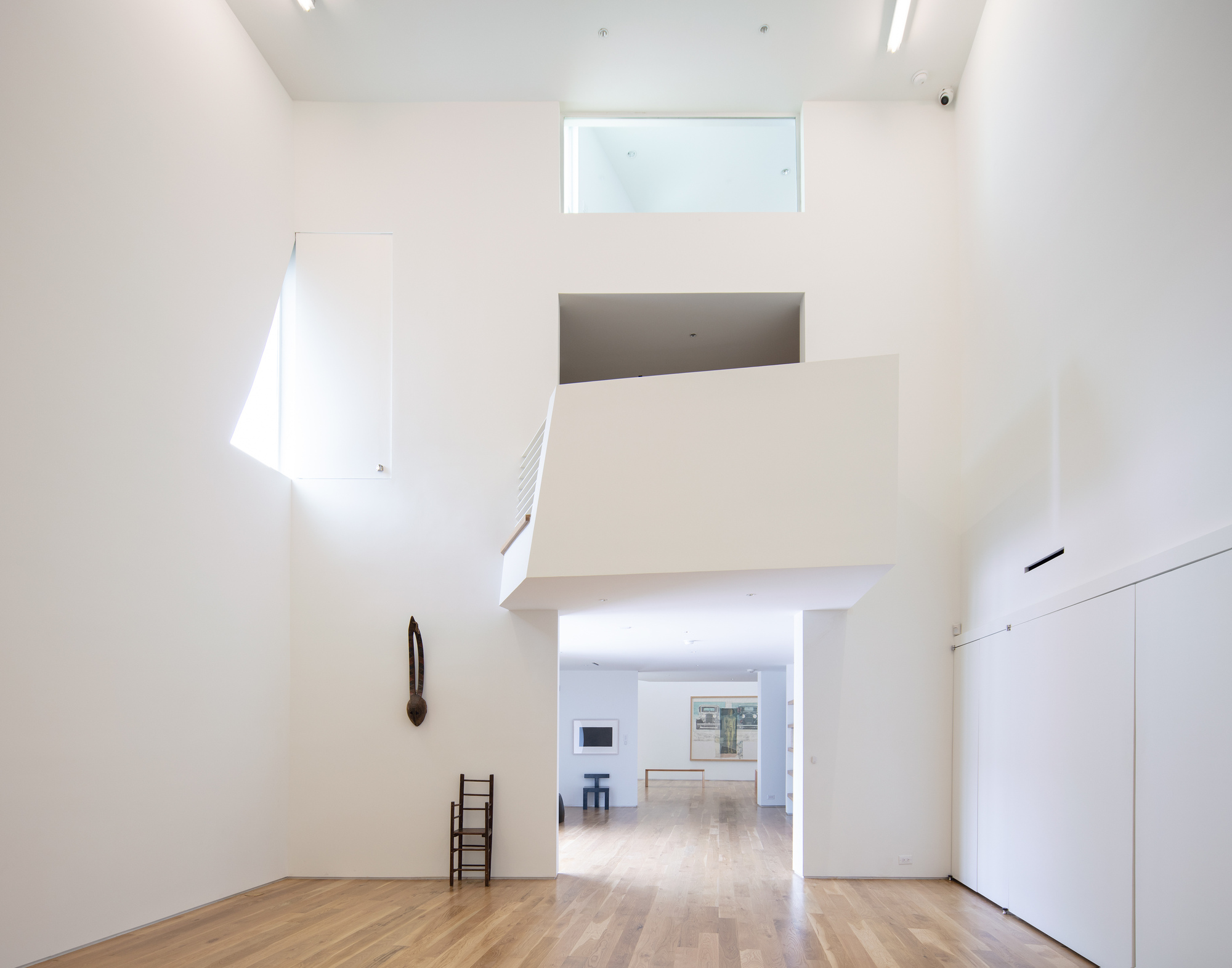
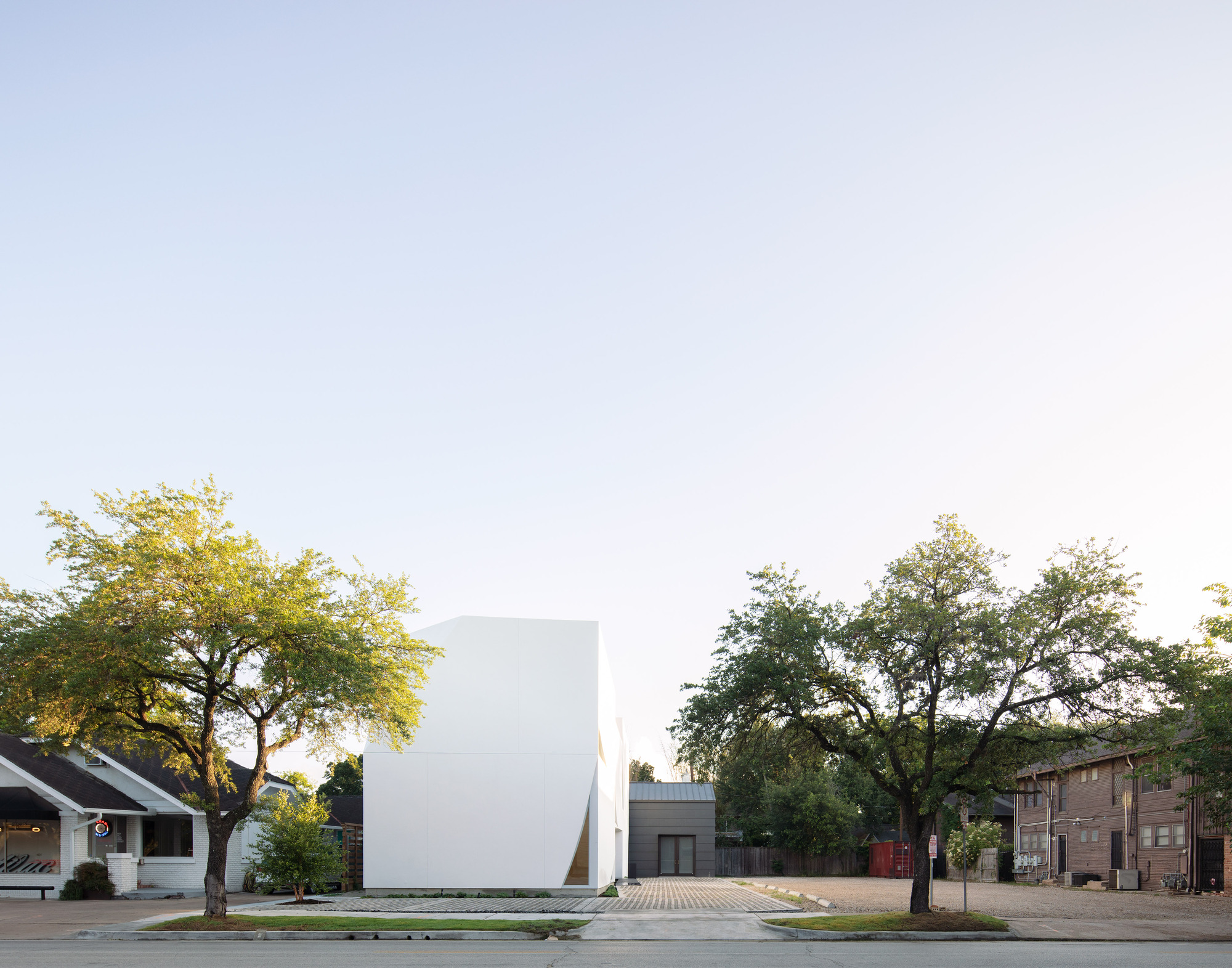 The team made the design so that the front exhibition space, naturally lit and facing the street, is reserved for more traditional exhibitions, and the back has less natural light and is reserved for new media or performance works that require lighting control. A cylindrical steel and acrylic elevator is positioned in the back of the core for alternative access.
The team made the design so that the front exhibition space, naturally lit and facing the street, is reserved for more traditional exhibitions, and the back has less natural light and is reserved for new media or performance works that require lighting control. A cylindrical steel and acrylic elevator is positioned in the back of the core for alternative access.
The second floor contains an intimate space for one-on-one meetings or personal meditation, and a bathroom. The third floor of the core contains an office and a roof deck and garden. Adjacent to the primary building, an existing photography studio on the site was wrapped in gray cementitious planks with a metal roof, providing extra space that will extend the potential for art programming and provide separate quarters for visiting artists and scholars.
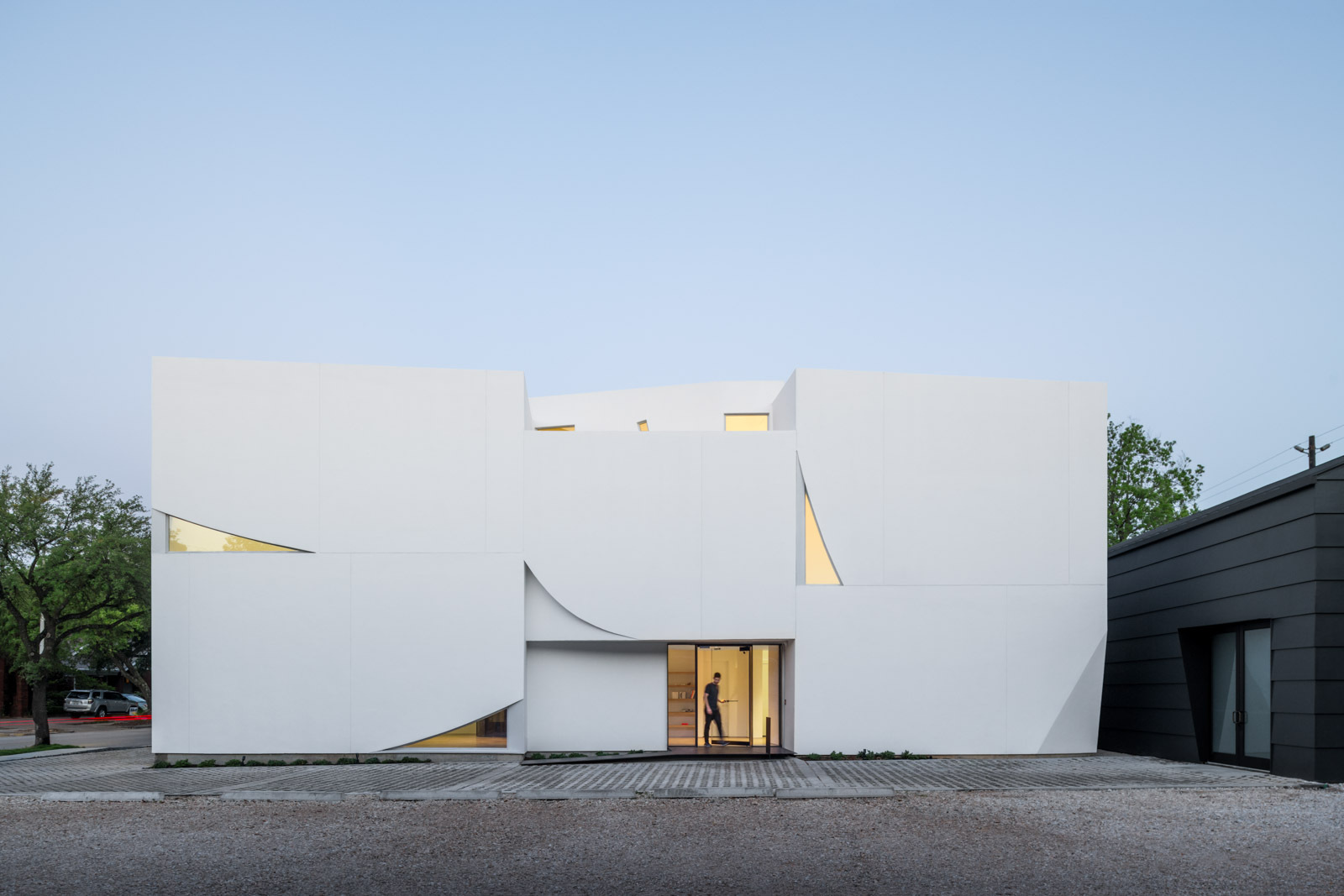 Known for developing a dialogue through projects ranging from buildings and installations to speculative projects and unsolicited urban plans, SCHAUM/SHIEH is looking at how architecture and art can inform one another. With work at a range of scales from Detroit and New York to Marfa and Virginia, they are building new ways of working. For the Transart Foundation, they created an tasteful and critical space carved for light, views and art. In doing so, they are rethinking how space and form come together and shape human experience.
Known for developing a dialogue through projects ranging from buildings and installations to speculative projects and unsolicited urban plans, SCHAUM/SHIEH is looking at how architecture and art can inform one another. With work at a range of scales from Detroit and New York to Marfa and Virginia, they are building new ways of working. For the Transart Foundation, they created an tasteful and critical space carved for light, views and art. In doing so, they are rethinking how space and form come together and shape human experience.
Photography Courtesy Peter Molick and Naho Kubota
Last chance: The 14th Architizer A+Awards celebrates architecture's new era of craft. Apply for publication online and in print by submitting your projects before the Final Entry Deadline on January 30th!
